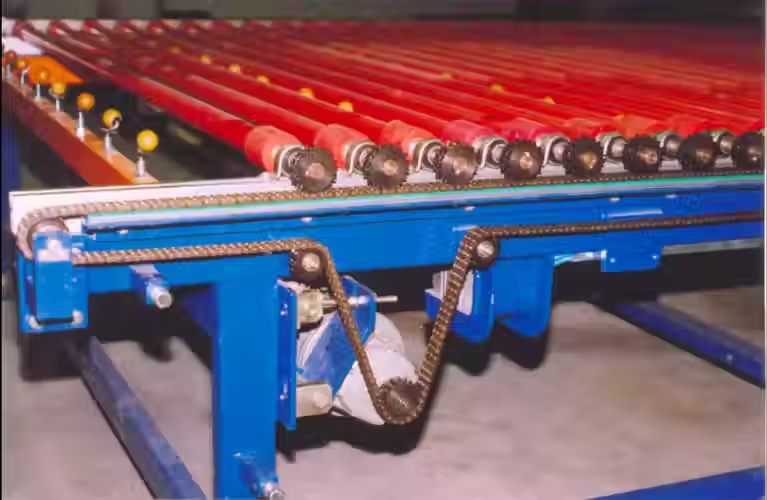Vibratory Hopper Feeder
- Jaswanth srinivas
- Jan 20
- 1 min read

Vibratory Hopper Feeder by Bharath Engineering
Bharath Engineering offers cutting-edge Vibratory Hopper Feeders, designed for efficient material handling across various industries. These feeders are an ideal solution for automating processes, ensuring consistent material flow, and reducing manual intervention. Engineered with precision, they cater to a broad range of applications, including packaging, assembly lines, and bulk material processing.
Key Features:
High Efficiency: The vibratory mechanism ensures a steady and controlled flow of materials, minimizing downtime and maximizing productivity.
Customizable Design: Bharath Engineering provides tailor-made solutions to meet specific industry requirements, such as different hopper capacities and vibratory speeds.
Durability: Built with robust materials like stainless steel and mild steel, the feeders can withstand challenging industrial environments.
Energy Efficient: Advanced technology reduces energy consumption while maintaining peak performance.
Ease of Maintenance: Simple design and accessible components make maintenance quick and cost-effective.
Applications:
Pharmaceuticals: Precise feeding of powders and tablets for packaging or production.
Food Processing: Handling grains, nuts, or snack items with hygiene compliance.
Automotive: Feeding small components such as screws and bolts in assembly lines.
Mining and Construction: Transporting aggregates or minerals.
Why Choose Bharath Engineering?
With decades of expertise, Bharath Engineering is committed to delivering top-quality vibratory feeders that enhance operational efficiency. Each feeder is thoroughly tested for reliability and performance. The company’s focus on customer satisfaction ensures tailored solutions that meet industry-specific demands.
Transform your material handling processes with Bharath Engineering’s Vibratory Hopper Feeders, where innovation meets reliability. Contact us today for a customized solution that fits your operational needs.



Comments